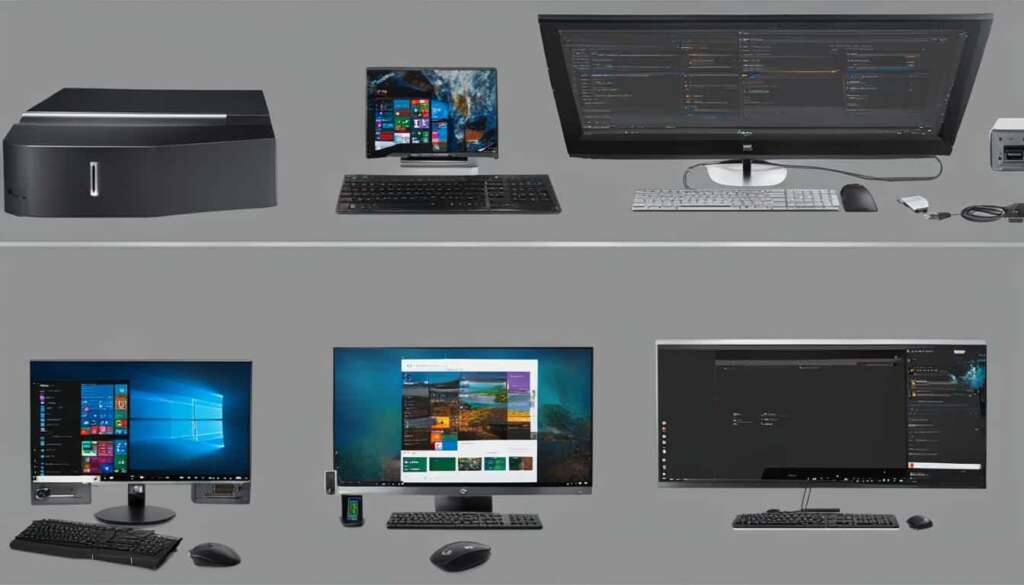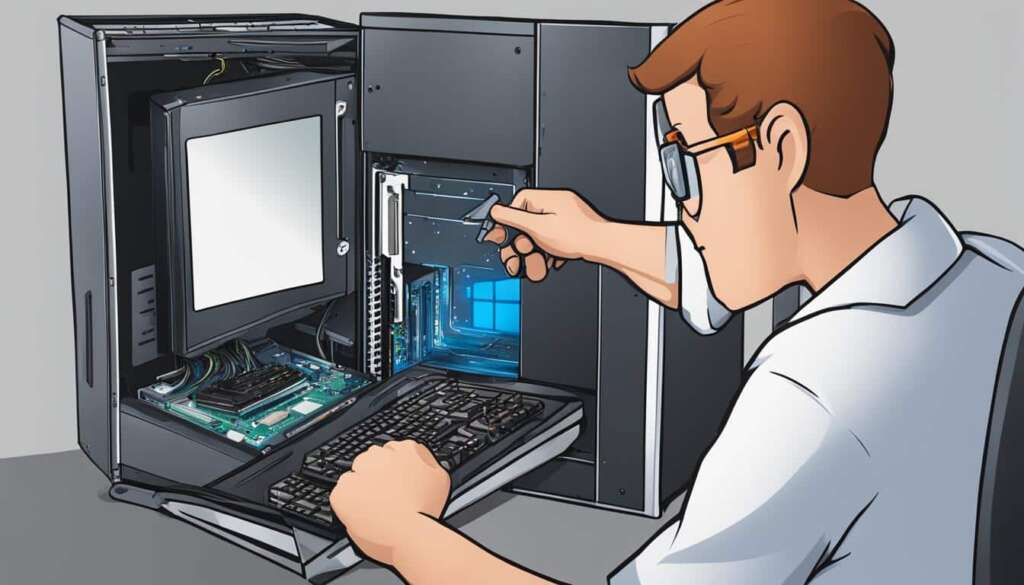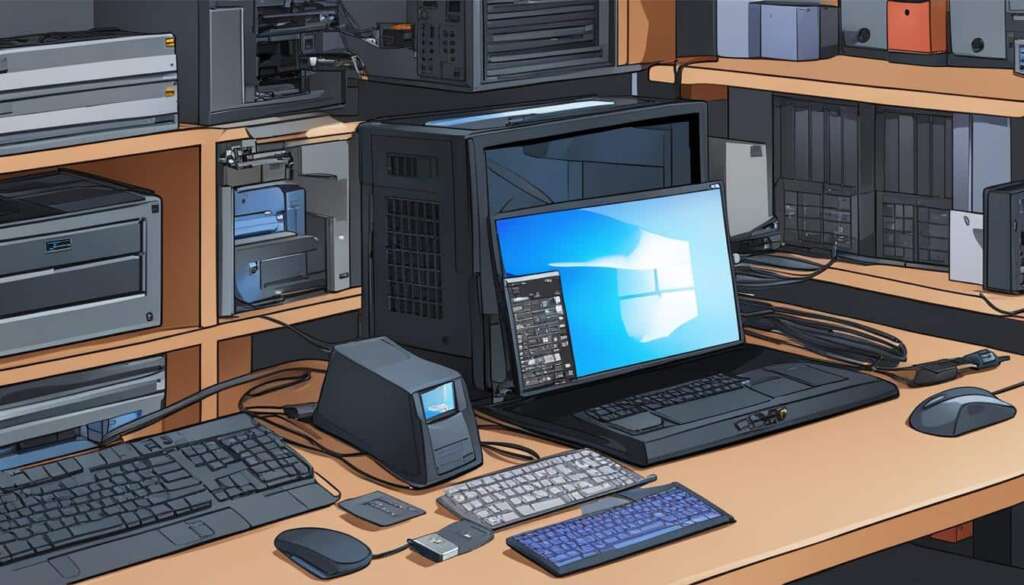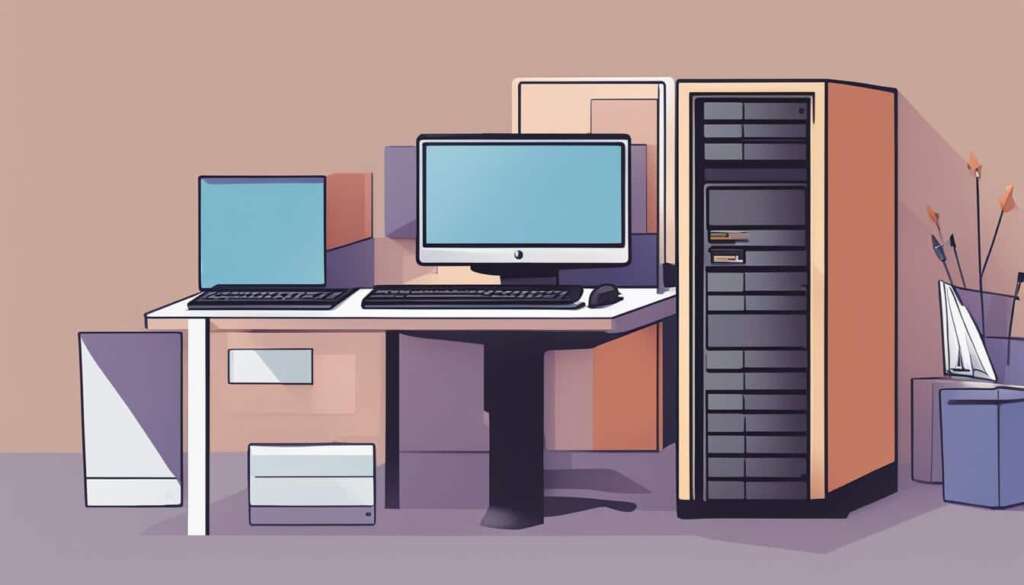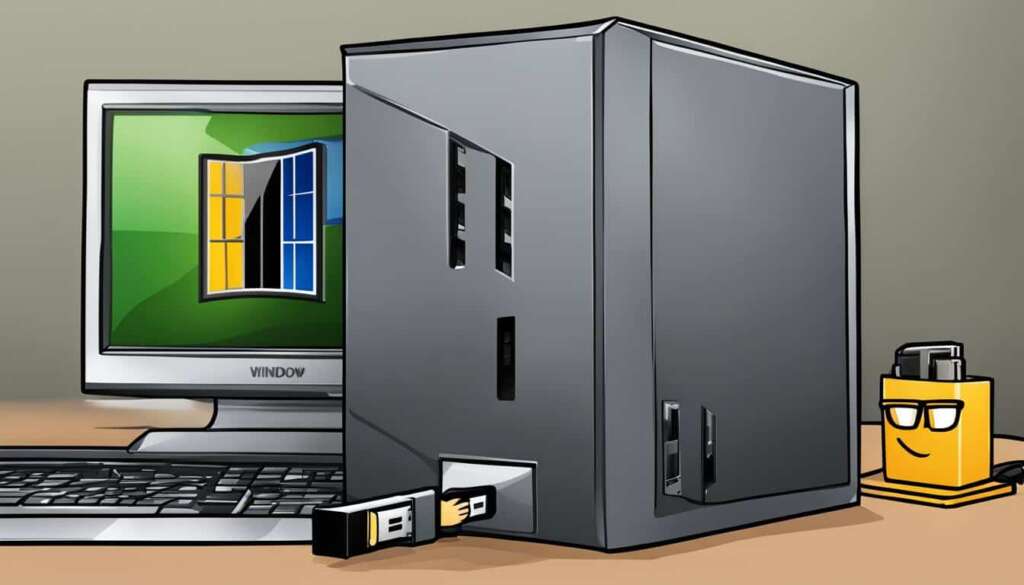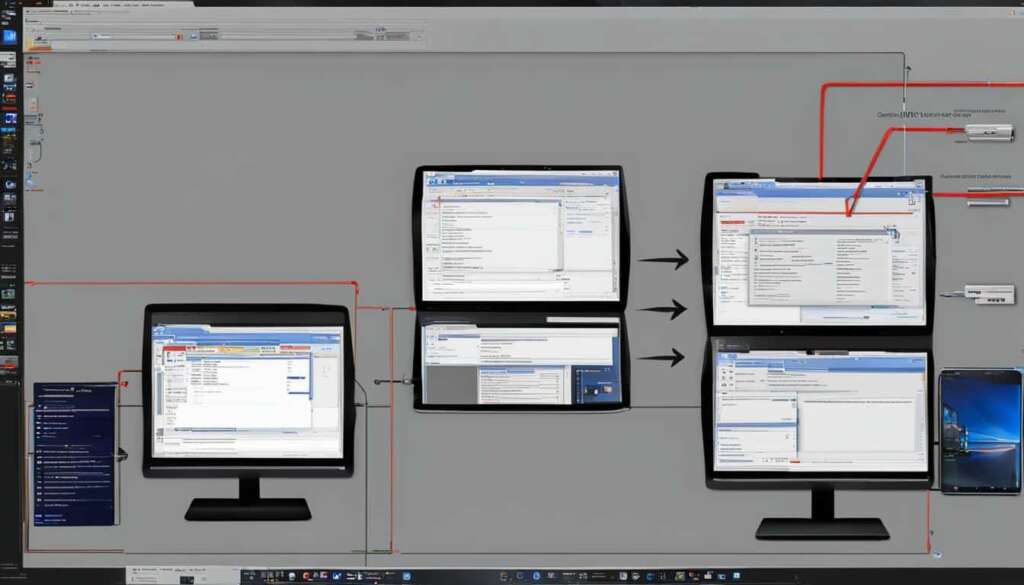Table of Contents
If you’ve recently purchased a new PC and want to install Windows 10, you’re in the right place. In this step-by-step guide, we will walk you through the process of installing Windows 10 on your new PC, ensuring a smooth and hassle-free experience. Whether you’re a beginner or an experienced user, this guide will provide you with all the necessary information to successfully install Windows 10 on your new PC.
Before we begin, it’s important to note that you will need to create a Windows 10 installation disc or USB flash drive as the first step. This installation media will be used to boot your new PC and install Windows 10. Don’t worry, the process is straightforward, and we’ll guide you through it.
Now, let’s get started with the first step: creating the Windows 10 installation media. Once you have the installation media ready, we’ll move on to changing the boot order in the BIOS settings, which is necessary to initiate the Windows 10 installation process.
Stay tuned for the next section where we will guide you through the process of changing the boot order in the BIOS settings. It’s an essential step, so make sure to follow along to ensure a successful installation of Windows 10 on your new PC.
Changing the Boot Order in BIOS
Before you can install the newly created Windows 10 installation media on your new PC, you need to change the boot order in the BIOS settings. Follow these steps:
-
Power on your new PC and press the designated key to access the BIOS settings. The key varies depending on the manufacturer, but common keys include Del, F2, and F12. Refer to your PC’s documentation or manufacturer’s website for the specific key.
-
Once you enter the BIOS settings, navigate to the “Boot” or “Boot Order” tab using the arrow keys on your keyboard.
-
Locate the boot order priority list, which determines the order in which the PC looks for a bootable device. Usually, the hard drive or SSD is set as the first boot option by default.
-
Using the arrow keys, highlight the option for the device containing the Windows 10 installation media (USB flash drive or installation disc).
-
Press the “+” or “-” key to move the selected device to the top of the boot order priority list. This will ensure that the PC boots from the Windows 10 installation media first.
-
Save the changes and exit the BIOS settings. The PC will now restart.
Once you have successfully changed the boot order in the BIOS settings, your new PC will boot from the Windows 10 installation media, allowing you to proceed with the installation process.
Installing Windows 10 on a New PC
Now that you have successfully changed the boot order in the BIOS settings, let’s move on to the next step: installing Windows 10 on your new PC. The Windows 10 installation process is straightforward and can be completed by following these steps:
- Step 1: Insert the Windows 10 installation disc or USB flash drive into your new PC.
- Step 2: Restart your PC and press the key indicated on the screen to access the boot menu.
- Step 3: From the boot menu, select the option to boot from the installation disc or USB flash drive.
- Step 4: Windows 10 will now begin the installation process. Follow the on-screen instructions to select your language preferences, enter the product key (if prompted), and accept the license terms.
- Step 5: Next, you will need to choose the type of installation. Select “Custom: Install Windows only (advanced)”.
- Step 6: On the next screen, you will see a list of available disk partitions. Select the disk or partition where you want to install Windows 10.
- Step 7: Click “Next” to start the installation. Windows 10 will now proceed to install on your new PC.
- Step 8: Once the installation is complete, your PC will restart. Follow the on-screen instructions to set up your user account and personalize Windows 10 to your preferences.
- Step 9: Congratulations! You have successfully installed Windows 10 on your new PC. Enjoy the advanced features and improved performance that Windows 10 has to offer.
Please note that the installation process may vary slightly depending on your PC’s hardware configuration and the version of Windows 10 you are installing. It is always recommended to refer to the official Microsoft documentation for detailed instructions specific to your situation.
Once Windows 10 is installed, you can begin exploring its wide range of features and customization options to enhance your computing experience. Whether it’s the intuitive interface, enhanced security measures, or the seamless integration with Microsoft services, Windows 10 offers a user-friendly and versatile operating system for your new PC.
| Benefits of Installing Windows 10 on a New PC | Considerations When Installing Windows 10 |
|---|---|
|
|
Conclusion and Final Verdict
Installing Windows 10 on a new PC is a straightforward and hassle-free process. By following the step-by-step guide provided in this article, you can easily set up your new PC with Windows 10. The combination of the Windows 10 installation media and correct BIOS settings ensures a smooth and efficient installation.
With Windows 10 installed, you can now enjoy a wide range of features and security tools that enhance your computing experience. The user-friendly interface, improved performance, and robust security measures make Windows 10 the ideal choice for your new PC.
Furthermore, the easy installation process eliminates the need for advanced technical knowledge or expertise. Whether you’re a beginner or an experienced user, installing Windows 10 on your new PC is a simple task that can be completed in no time.
Take advantage of the powerful capabilities and intuitive functionality that Windows 10 offers. Upgrade your new PC with Windows 10 today and discover a seamless and productive computing experience.
FAQ
Can I install Windows 10 on a new PC?
Yes, you can install Windows 10 on a new PC by following a step-by-step guide.
What do I need to create before installing Windows 10 on a new PC?
Before installing Windows 10 on a new PC, you need to create a Windows 10 installation disc or USB flash drive.
How can I create a Windows 10 installation disc or USB flash drive?
To create a Windows 10 installation disc or USB flash drive, you can follow the instructions and tools provided by Microsoft.
How do I change the boot order in BIOS?
To change the boot order in BIOS, you will need to access the BIOS settings and locate the boot order menu. From there, you can prioritize the boot device to start from the Windows 10 installation disc or USB flash drive.
What are the steps to install Windows 10 on a new PC?
To install Windows 10 on a new PC, you need to change the boot order in BIOS to prioritize the installation media. Then, you can proceed with the installation process by following the instructions provided by the Windows 10 installer.

